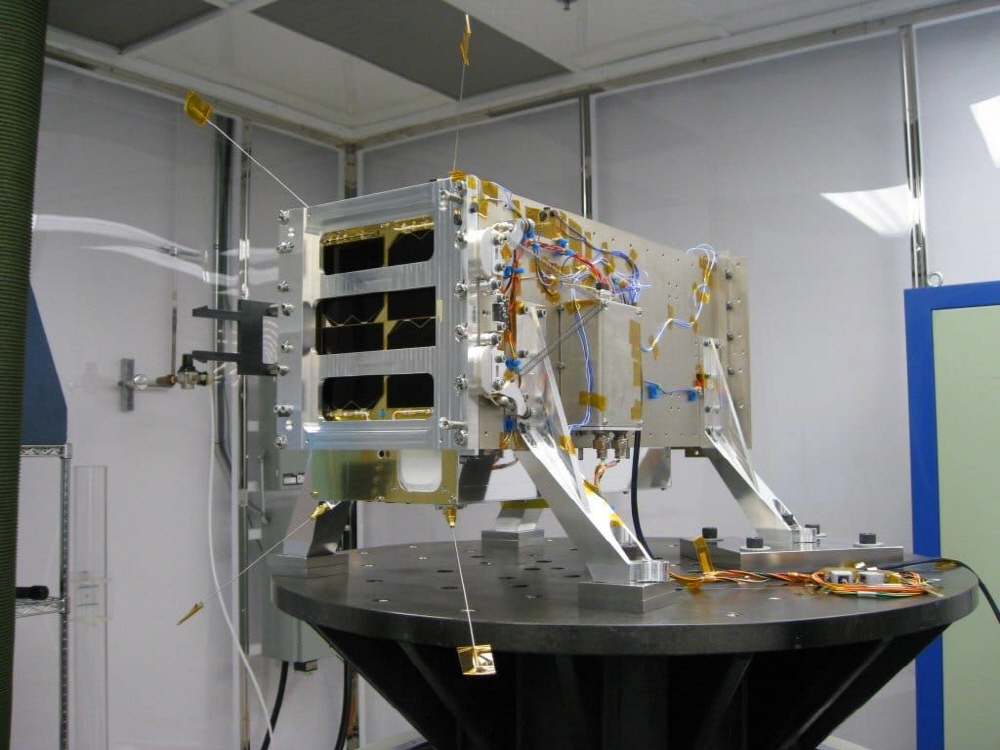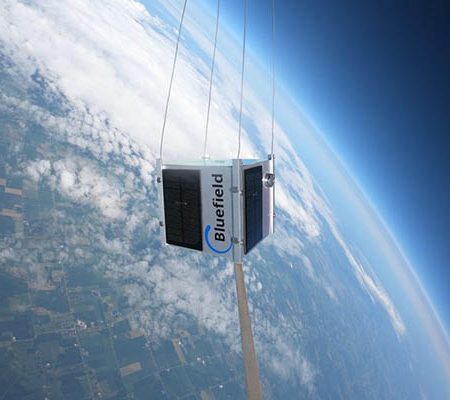It is well known that greenhouse gases such as carbon dioxide and methane are the main causes of global warming. However, precise satellite observations are essential to know where these gases originated. What kind of artificial satellites watch the earth’s environment from the sky like this?
First, the TROPOMI (TROPOspheric Monitoring Instrument). It is an Earth observation satellite launched by the European Space Agency on October 3, 2017. TROPOMI, which detects ultraviolet, visible, and infrared rays, and observes the surface area of 2,600 km × 7 km every second, creates an air pollution map that covers the entire world for 24 hours.
TROPOMI can create detailed world maps of various hazardous substances besides carbon dioxide, carbon monoxide and nitrogen oxides. ESA Earth Observation Director Joseph Ashbacher called it a European milestone and praised it.
Next up is Claire. It is a proof-of-concept satellite launched by GHGSat, a startup based in Montreal, Canada. Claire’s job, which GHGSat staff gave her baby-related name, is to link up with other satellites to monitor methane gas in the atmosphere. It has a tiny sensor unit that’s only the size of a microwave, but the accuracy is astoundingly detailed and can detect air pollution as well as methane leaks in specific locations.

The discovery of a large amount of methane gas being released from the Rompanga Dam in Cameroon is one example. Dam hydroelectric power generation seems clean because it does not use fossil fuels, but as trees submerged in water decompose, a large amount of methane gas is generated and has the potential to cause climate change. Using a satellite that can precisely monitor methane gas like Claire, it is possible to accurately identify the source of methane gas as well as the region where it is generated.
GHGSat CEO Stefan Germain said Claire was primarily intended for industrial use, but is also interested in working with regulators, saying it would be good if Claire’s observational data could one day help guide policy decisions.
Next up is CubeSat. It is a satellite developed by Bluefield, a startup based in California, USA. Like Claire, she will be responsible for monitoring methane gas. CubeSat is not a specific satellite name, but a generic term for small satellites weighing only a few kilograms. The biggest feature is that the launch cost can be minimized by launching it together when launching other satellites.

Bluefield has not yet launched a satellite into space. First release scheduled for 2020. Bluefield CEO Yotham Ariel also revealed the prospect of cost-effective space development, saying that space agencies such as NASA will soon outsource their work to private companies.
Next is GeoCarb. Thanks to the success of OCO-2, an orbital carbon observation satellite launched by NASA in 2014, the development of a GeoCarb capable of monitoring more powerful carbon dioxide and methane gas has begun. To be presented in 2020. Unlike Claire or TROPOMI, which monitors the entire Earth, GeoCarb observes the atmosphere of North and South America from a geostationary orbit 35,800 km above the Americas. It is expected to be able to explore the relationship between weather and greenhouse gases, such as El Niño and La Niña, by monitoring South America, where the Amazon rainforest is located, including the United States, the world’s second largest carbon dioxide emitter, 24 hours a day.

Nasa says methane leaks from natural gas production are costing U.S. industry between $5 billion and $10 billion in damages, and that it will help address these measures. This will help both environmental protection and the economy. Related information can be found here.


















Add comment